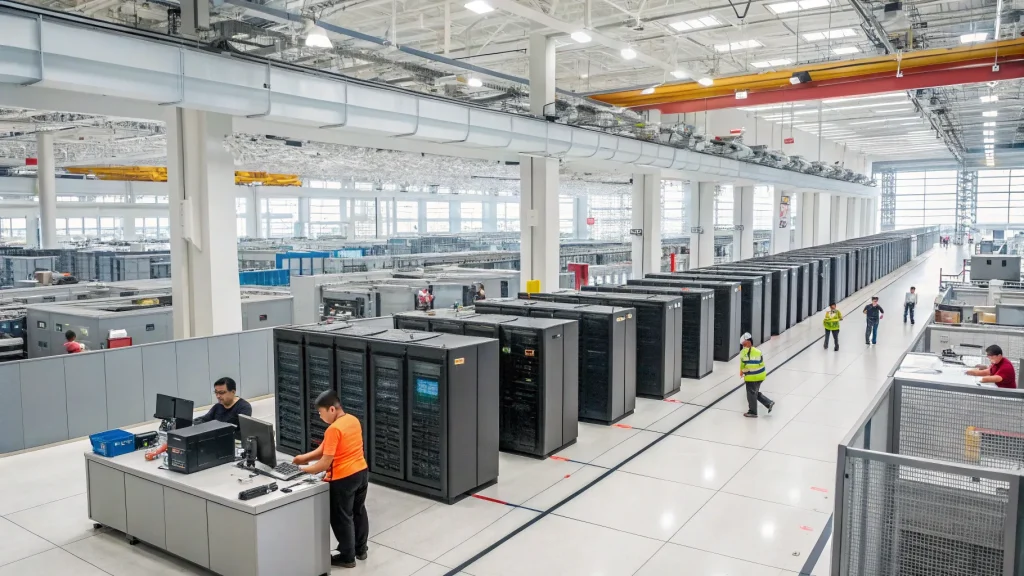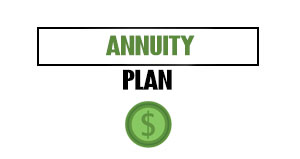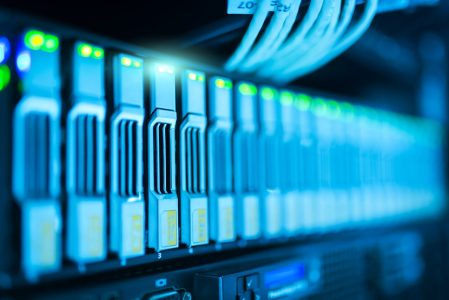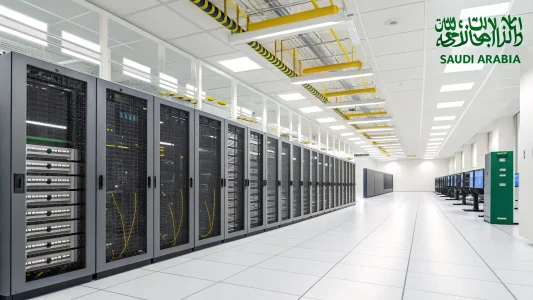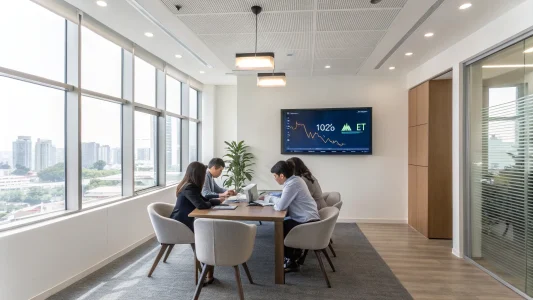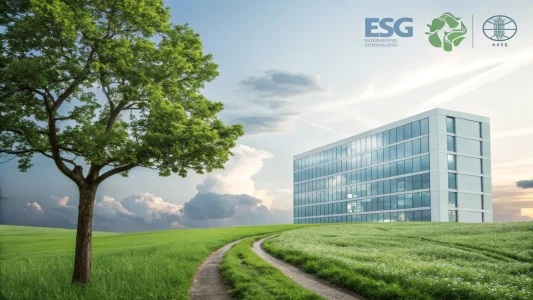The U.S. economy is experiencing a split recovery, with artificial intelligence driving growth in technology sectors while traditional industries struggle to keep pace. As AI technologies fuel economic expansion and stock market gains, businesses in retail, travel, and construction face significant challenges from rising costs and cautious consumer spending.
This economic divergence highlights the uneven impact of technological advancement across different sectors, creating what some analysts describe as a two-speed economy. While tech companies investing in AI capabilities see substantial growth, businesses dependent on consumer discretionary spending report more difficult conditions.
Table of Contents
ToggleThe AI Economic Boom
Artificial intelligence has emerged as a major driver of economic growth, with companies investing heavily in AI technologies reporting increased productivity and profitability. This technological revolution has particularly benefited the stock market, where AI-focused companies have seen their valuations soar.
The economic impact of AI extends beyond just the technology sector. Financial services, healthcare, and manufacturing companies implementing AI solutions have reported efficiency gains and cost reductions, contributing to overall economic growth despite challenges in other areas.
Traditional Sectors Under Pressure
While AI drives growth in some sectors, businesses in retail, travel, and construction face mounting pressures. These industries report a combination of challenges:
- Persistently high operational costs
- Supply chain disruptions
- Labor shortages and wage inflation
- Cautious consumer spending patterns
Retailers specifically note that consumers have become more selective with purchases, focusing on essentials and seeking discounts on discretionary items. This spending pattern has squeezed profit margins for many businesses that cannot easily pass increased costs to price-sensitive customers.
The Consumer Spending Slowdown
Consumer sentiment remains subdued despite overall economic growth, creating headwinds for consumer-facing businesses. High interest rates, persistent inflation in everyday expenses, and economic uncertainty have led many households to reduce spending on non-essential goods and services.
Travel industry representatives report that while demand remains relatively strong, consumers are becoming more price-sensitive and booking closer to departure dates. This trend makes forecasting difficult and increases volatility in the sector.
Construction companies face similar challenges, with high material costs and interest rates dampening demand for new projects. Residential construction has been particularly affected as mortgage rates remain elevated compared to recent years.
Policy Implications
This two-track economy presents challenges for policymakers attempting to manage inflation without triggering a broader economic slowdown. The Federal Reserve must balance the needs of struggling sectors against the risk of overheating in AI-driven growth areas.
Economic analysts suggest that this divergence may continue in the near term, with technology and AI-focused sectors outperforming traditional industries until inflation fully moderates and interest rates decline.
Small businesses in traditional sectors may require targeted support to weather current conditions, as they typically lack the resources to invest in AI technologies that could help offset rising costs.
The current economic landscape underscores the transformative impact of artificial intelligence, which is reshaping industries and creating new winners and losers across the economy. As this technological revolution continues, businesses in traditional sectors will face increasing pressure to adapt or risk falling further behind their tech-enabled competitors.


